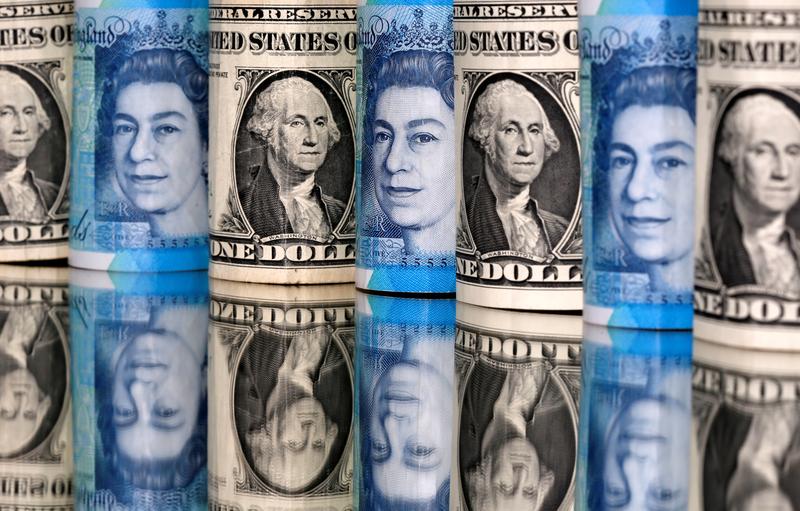TOKYO/SINGAPORE (Reuters) – The dollar hit a seven-week peak against the yen and firmed on other majors as traders braced for what is expected to be a robust U.S. inflation figure on Friday, while the Chinese yuan extended gains to head for its best month since November.
Sterling is also on course for its best month against the dollar this year and, at $1.4192, was close to a three month top with support from a policymaker’s forecast of likely interest rate rises coming next year.
“We have an improving growth backdrop globally and some central banks have gotten ahead, like the New Zealand central bank and the Bank of England and the Canadian central bank,” said Bank of Singapore analyst Moh Siong Sim.
“But it’s not enough to move the markets in a big way…Everyone is waiting for the Fed, to see what the Fed will do next,” he said.
The pound’s 2.7% monthly gain has also been driven by Britain’s rapid vaccination drive and has the sterling as the best performing G10 currency on the dollar through May.
Against the euro, the pound changed hands at 85.79 pence per euro, near its five-week high of 85.615 pence. On the yen, the pound hit a three-year high of 156.02 yen.
The yuan has been another outperformer and has accelerated this week as China’s central bank has not pushed back too hard against appreciation, while flows pour in to stock and bond markets. Onshore, the yuan hit a three-year high of 6.3682 per dollar and is up about 1.7% for the month. [CNY/]
The euro stood at $1.2188 on Friday, hovering below its 5 1/2-month high touched on Tuesday of $1.2266 as dovish comments from European Central Bank officials sapped its momentum ahead of its policy meeting on June 10.
The euro has crept up 1.4% during May. The U.S. dollar index has fallen 1.4% for the month and steadied at 90.048 on Friday.
The yen was nursing Thursday losses fell to a fresh seven week low of 109.96 per dollar in the Asia session.
The fall reflected selling due to index provider MSCI’s reshuffle of its standard stock index, from which nearly 30 Japanese names were dropped, analysts said. [.T]
The yen was also hampered by concerns about a delay in Japan’s economic recovery, as data showed unemployment creeping up and the government said it is mulling an extension to state of emergency curbs.
Traders say the dollar’s next moves hinge on the flow of data and policymakers’ responses over the summer.
A Thursday lift in bond yields after a New York Times report that President Joe Biden will announce on Friday a $6 trillion budget for 2022 has the supported the currency.
The number of Americans filing new claims for unemployment benefits also dropped more than expected last week to a seasonally adjusted 406,000 in another sign of strength.
Ahead of the payrolls data, U.S. inflation data due at 1230 GMT is of keen interest, as a high reading could fuel expectations of policy tightening by the Federal Reserve.
“Fed taper talks will even the playing field against other G10 central banks that have mulled about reducing stimulus on stronger recovery prospects,” DBS Bank analysts said in a note.
Economists expect core PCE (personal consumption expenditures) prices jumped 2.9% year-on-year in April, compared with a year-on-year rise of 1.8% a month earlier.
While that is way above the Federal Reserve’s target of 2%, economists expect core inflation to gradually slow later in the year.
In cryptocurrencies, bitcoin changed hands at $37,333, relatively stable during the past 24 hours though tracking toward its sharpest monthly percentage fall in about two and a half years. Ether fell 2% to $2,667 and is on track for its first monthly loss since last September.
Source: Read Full Article
